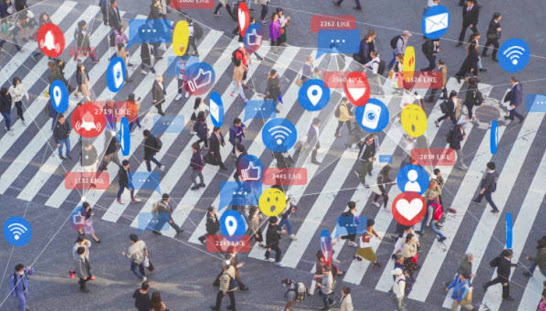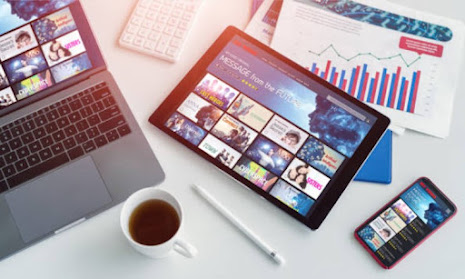Adapting to Change: CNN's "Go There" Show's Shift from Facebook Watch to Owned-and-Operated Platforms

The landscape of news media outlets has rapidly changed in the past few years, facing challenges in reaching their target audiences. As a result, CNN's "Go There" show made a significant move from Facebook Watch to CNN's owned-and-operated platforms in 2021 after running for a year and a half on this social media platform. CNN's "Go There," with a worldwide audience and over 120 contributors and correspondents, covers various topics, including climate, race, identity, women's issues, and immigration (Spangler, 2021). CNN is trying to expand its audience by leveraging its platforms. This decision was crucial for CNN, given the decreasing referral traffic for news media outlets on Facebook Watch. By moving to their owned-and-operated platforms, CNN could sell advertising and focus resources on maximizing viewership. Over 600 episodes are now available on CNN's website and mobile apps (Weiss, 2021). Media organizations must adapt to cultural changes...





